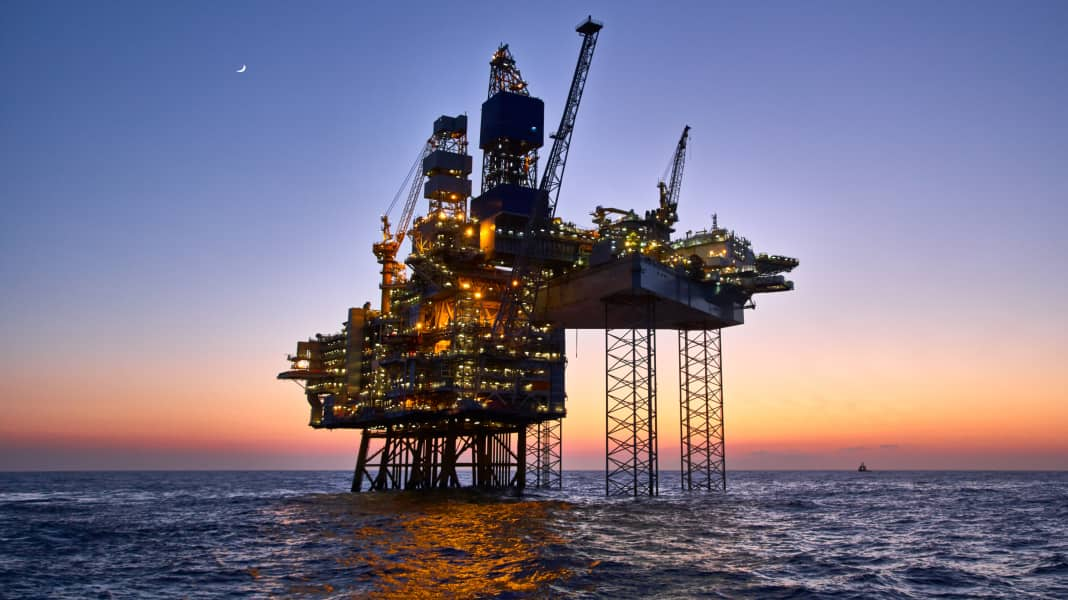Marine protection: Ban on oil and gas extraction in German seas - but not everywhere

On 3 September 2025, the Federal Cabinet passed a draft law that aims to prohibit oil and gas extraction in six German marine protected areas in the North Sea and Baltic Sea. The background to this is the alarmingly poor state of both seas, which, according to government sources, is caused by pollutant discharges, intensive shipping traffic and raw material extraction. Before the ban can come into force, it still has to pass the Bundestag. Exceptions will only be possible in special individual cases.
Affected protected areas in the North Sea and Baltic Sea
In the North Sea, the planned ban affects three protected areas: the Borkum Reef Ground to the north-east of the East Frisian Islands, the Dogger Bank in the German Bight and the Sylt Outer Reef to the west of Sylt. In the Baltic Sea, the Fehmarnbelt, Kadetrinne and Pommersche Bucht-Rönnebank protected areas are affected. Together, these protected areas make up almost a third of the exclusive economic zone (EEZ) of the North Sea and Baltic Sea, for which the federal government is responsible. The EEZ extends from the territorial sea (12 nautical mile zone) to a maximum of 200 nautical miles. Although it is not part of the territory of the neighbouring coastal state, the latter has exclusive rights of use there.
Currently controversial subsidies remain
The draft law is aimed at future extraction, but the status quo will not change - because according to overview maps from the Federal Maritime and Hydrographic Agency (BSH), no oil or gas extraction has taken place in the EEZs in the North Sea and Baltic Sea to date.

Two particularly controversial platforms in the North Sea remain unaffected by the planned new ban: The Mittelplate drilling and production platform on the edge of the Schleswig-Holstein Wadden Sea National Park and the gas production project of the Dutch company One-Dyas off Borkum.
The former is located off the coast of Dithmarschen within the 12-mile zone and falls under the jurisdiction of the state. Oil has been extracted from Mittelplate in the North Sea since 1987. Environmental protection organisations consider the drilling and production island to be a threat to the adjacent Wadden Sea UNESCO World Heritage Site and had filed a lawsuit against an extension of the production licence. The lawsuit was unsuccessful, and in 2024 the extension of the oil production licence was confirmed until 2041. After that, the platform is to be dismantled.
A long struggle by environmentalists and islanders against gas extraction by the Dutch company "One"-Dyas B.V. off the North Sea island of Borkum was also unsuccessful. The company will use directional drilling to extract gas deposits from the German sector from platform N05-A, which is located in the Dutch sovereign territory, around 23 kilometres from Borkum. Test drilling is already underway and now the Lower Saxony State Office for Mining, Energy and Geology (LBEG) has ordered the immediate implementation of natural gas extraction in the German part of the North Sea, according to a press release dated 1 September.
There is currently a demonstration against this on Borkum. Critics of the project are opposed to the continued use of fossil fuels and fear incalculable damage to the sensitive marine and coastal areas. They are also concerned about the already approved plans to lay an undersea power cable from the Riffgat wind farm to the gas platform to supply it with electricity.
Baltic Sea: No all-clear for Usedom either
Similar plans have been causing a stir on the Baltic Sea recently, since a significant oil and gas deposit was discovered off the Polish coast of Usedom. The Canadian company Central European Petroleum is planning the extraction, which is causing massive concerns on the German side. The production facilities will be visible from the German part of the holiday island of Usedom. Environmentalists and tourism representatives fear negative consequences for the holiday region. Mecklenburg-Western Pomerania's Environment Minister Till Backhaus also reacted to the plans with clear criticism.
The offshore oil field called "Wolin East" is located around six kilometres from the Polish port city of Swinoujscie (Swinoujscie) in Poland's Exclusive Economic Zone and would therefore also not be affected by the new extraction ban law.

How water sports enthusiasts are affected
Wherever energy is generated at sea, restrictions on water sports are to be expected. On the high seas, for example, the construction of new Wind turbines between Rügen and Bornholm. In principle, wind farms on the German Baltic Sea are restricted areas: passage is prohibited and sailors must keep a minimum distance of 500 metres.
Things are also getting tighter near the coast. For example, power cables are currently being laid in the Fehmarn Sound to transport the wind energy generated on Fehmarn. A correspondingly large number of workboats are travelling there, to which sailors must pay increased attention.

Offshore grid connection systems are currently being built on the East Frisian North Sea coast to connect the wind farms at sea with the electricity grid on land. During the construction work in the Wadden Sea between the coastal towns and the North Sea islands of Baltrum and Norderney, the mudflats are used at high tide to transport materials such as cable conduits and lay underwater cables. As a result, from this year until probably 2029, there will be intermittent flooding in the summer months, Closures of the mudflats for days at a timewhich must be taken into account when planning the cruise.

